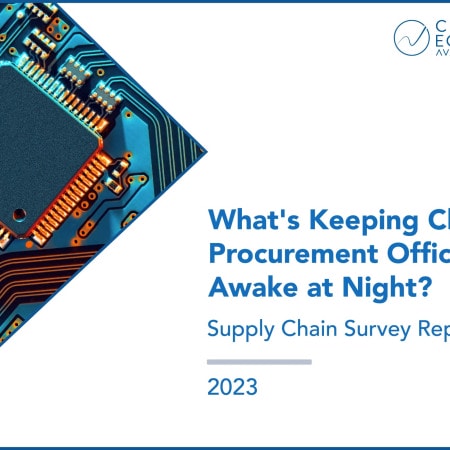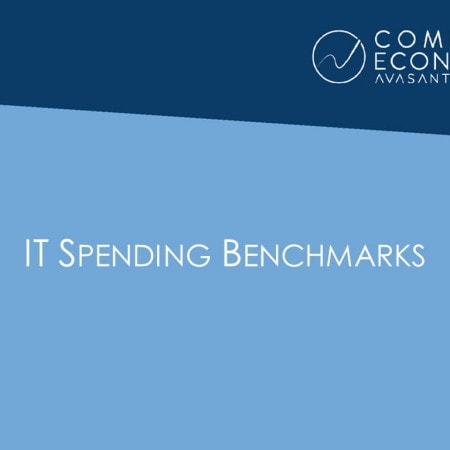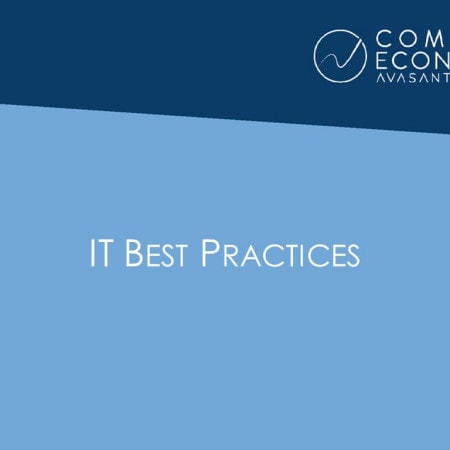-

What’s Keeping Chief Procurement Officers Awake at Night?
The risk of supply chain disruptions is in addition to the objective of the chief procurement officer (CPO) to deliver value, improve cash flow, develop functional capabilities, manage the risk in an ever-evolving supply base, and reduce the carbon footprint of the supply chain.
January, 2023
-

Manufacturing Digital Services 2022–2023 RadarView™
The Manufacturing Digital Services 2022–2023 RadarView™ can help enterprises craft a robust strategy based on industry outlook, best practices, and digital transformation. The report can also aid them in identifying the right partners and service providers to accelerate their digital transformation. The 92-page report also highlights top market trends in the manufacturing digital services space and Avasant’s viewpoint.
November, 2022
-

Supply Chain Management Adoption Trends and Customer Experience 2013
Competitive pressures, globalization and increasingly complex offshore manufacturing relationships are spurring organizations to expand their supply chain management (SCM) systems, which encompass a wide variety of technologies and capabilities. This report quantifies the current adoption and investment trends for supply chain management systems as well as the benefits that are driving companies to expand their SCM implementations. We assess these trends by organization size, sector and geography. We look at the ROI and TCO experience of those that have adopted SCM along with current investment per SCM user. We conclude with practical advice for those considering investment in SCM technology. (27 pp., 12 figs.) [Research Byte and Sample Pages]
February, 2013
-

Oracle Internet Procurement
The supplies and services required to produce products and run a business typically account for over half of total costs. Any reduction in the cost of acquiring goods and services flows directly to the bottom line. Thus, streamlining the purchase process and trimming procurement costs has emerged as a target for many organizations attempting to improve profitability.
August, 2002
-

Edify Electronic Banking System 3.0
Industries that can empower their customers, employees, and partners with realtime access to information are surging ahead of their competition. Such a trend is enforced by advances in Internet technology, the introduction of collaborative applications, and self-service applications such as those offered by brokerage firms and travel agencies. In the banking industry, the challenges for deploying self-service applications are more stringent than anywhere else, with uncompromising demands for reliability, security, and 24x7 access. Applications that can meet these needs in mission-critical production environments are vital to financial institutions around the globe.
August, 2002
-

Supply Chains Need Management to Improve ROI (July 2002)
New technologies that allow real-time information sharing within and across enterprises make supply-chain management possible, but management practices and incentive systems often fail to keep pace. In particular, incentives that reward a part of the process, rather than rewarding end-to-end value creation, prevent businesses from getting the best out of their supply chains according to a Bain & Company study released in May 2002.
July, 2002
-

The Evolving Food Store (April 2002)
Food manufacturers and retailers face substantial consolidation and internationalization over the next five years, according to a report released today by Cap Gemini Ernst & Young titled "State of the Art in Food: The Changing Face of the Food Industry."
May, 2002
-

Value Add Distribution in Manufacturing Illustrates Ebusiness Transaction Density Patterns (Feb 2002)
One of the big challenges in planning, creating, and supporting electronic supply chain systems (ESCS) is to determine the volume that a system must be able to handle and how many organizations the system must support.
May, 2002
-

Seeking the Key to Successful B2B Collaboration (Dec 2001)
The driver for B2B collaboration, despite numerous obstacles and failures, is simple to appreciate: the payoff from these efforts is significant increases in revenues during the period of 2002 through 2006. Furthermore, these returns are independent of company size. Large companies can gain through such collaborations by means of establishing exchanges with suppliers and business partners that can generate revenues themselves, along with reduced costs, increased efficiencies, faster times to market, and improved product quality. Small companies, on the other hand, can benefit from participating in exchanges through entry into markets that they could not penetrate on their own.
May, 2002
-

Increase Supply Chain Visibility Through Modularity
Facing increased competition stemming from a slowing economy, many companies are taking a closer look at their basic operation in an attempt to improve efficiency. The supply chain is one area that can offer significant paybacks from wise investments. The primary strategy to adopt in upgrading supply chain operations is to emphasize visibility. Providing managers, suppliers, business partners, and customers with real time information regarding part and product inventories enables them to make sound business decisions.
May, 2002
-

Worldwide E-Business Technology Spending Projections 2001 to 2003 (Feb 2001)
This report shows projected E-Business Technology spending by major category of spending. Industry sector spending in the United States is shown for the major spending categories in organizations that have over 100 employees. Spending by major category is also shown for organizations that have 10 to 100 employees and those that have one to nine employees. In addition, projected spending is shown for the European, Latin America, and Asia/Pacific regions by category.
May, 2002
-

Enterprise Broadband Can Cut Costs (May 2001)
Internet emphasis has shifted from processing speed to bandwidth. The need for wider pipes grows with increases in traffic along with graphic and sound content. As an alternative to traditional T1 or ISDN lines, broadband access can reduce both costs and hassles.
May, 2002
-

Cash In Through B2B Exchanges (Jun 2001)
Many manufacturing companies are finding that because of business climate shifts their products are becoming a decreasing source of profits. Instead "soft" assets are becoming more important as companies evolve into content providers as well as being manufacturers. Content can be a major differentiator among competitors as customers come to value information and services that simplify their purchasing processes. Consequently, IT managers must recognize and buy into this trend. Fees for access to content can grow into a new channel for revenues. Computer Economics projects a rising trend in B2B revenues.
May, 2002
-

E-Business Practices by Sector and Organization Revenue TriMark – 1998 to 2000 (Feb 2001)
E-Business Practices TriMark provides the percentage of respondents in our study that have or utilize various e-business capabilities. Results are shown for each sector or size of organization. The e-business capabilities include having a website, engaging in Web-based business-to-business or business-to-consumer transactions, achieving profits on those e-commerce efforts, and outsourcing website functions. Other capabilities include EDI via the Internet, EDI via direct dial connections with suppliers, and EDI via direct dial connections with consumers. The following tables show data by industry sector and organization revenue. The TriMark results are presented for the period of 1998 to 2000.
May, 2002
-

E-Business Challenges: Corporate Perspective
As organizations maneuver their way through e-business projects, many issues are still unclear. Companies continue to struggle with implementing the most cost-effective technologies, automating business functions, and creating a unified e-business effort throughout the organization. Most importantly, less than half of over 500 organizations in a recent Computer Economics survey are earning a positive return on investment for their e-business projects.
March, 2002

 Grid View
Grid View List View
List View